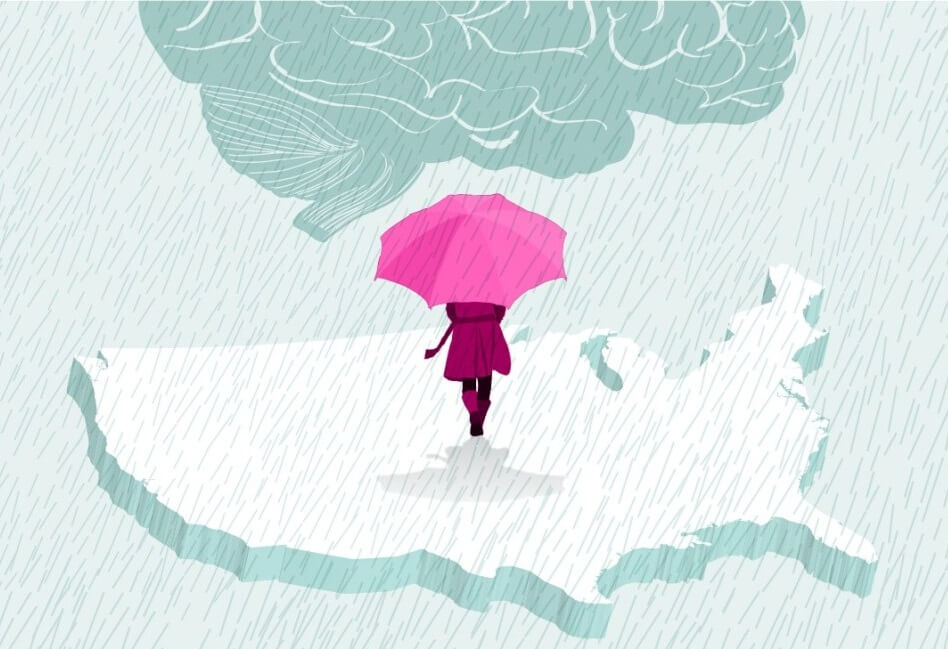An Inside Look at Rising Depression Rates

Depression is a common mental disorder, affecting over 300 million people globally. It is the number one cause of worldwide disability and a significant contributor to the burden of disease globally. Depression is common among women and most often results in suicide, which is responsible for the deaths of most young people between the ages of 15 and 29. Every year, around 800,000 people die because from suicide, much of which stems from depression.
New reports indicate that depression is on the rise among millennials due to factors such as drug abuse and antisocial behavior. According to a research done by the International Journal of Epidemiology in the UK, groups from two different generations were studied—one born between the years 1991 and 1992 and another between the years 200 and 2002. The results indicated that depression symptoms were higher in the younger cohort. The years 2005-2015 marked the period when depression increased from 9% to 15%, and self-harm from 12%-14%.
US findings
Findings from the US also indicate that millennials are increasingly depressed. According to the Health of America report in 2018, findings from the BlueCross Blue shield were that in 2013, depression in millennials had risen by 47%. While the question of who constitute the millennials may not be clear, the US Census Bureau names 2000 as the cut off year, while the Pew Research Center settles for 1996. Either way, it is clear that kids are depressed. The research states that kids are sleeping for less than 8 hours and have a higher BMI than the older generation.
What is the cause of increasing depression rates?
Social media
Experts have pointed out exposure to social media as a leading cause of depression. The young generation is growing up surrounded by all manner of information about the personal and professional lives of other people. The problem with this information is that it causes the millennials to compare their lives or situations with what they see and perceive as ideal on social media, which could result in a feeling of discontentment.
Social media influences young people to look and act in a certain way, and they will do whatever it takes to comply. The pressure to fit in can lead to low self-esteem, depression, and anxiety. Social media has also decreased real-life social interactions because most millennials will spend hours on social media chatting and playing video games—time that could be spent talking and connecting with people at a personal level and building long-term, meaningful relationships.
The economy
Joblessness and increased student loans are the reality of many young people today. Millennials are depressing over the possibility or lack thereof of living the dream life; which includes paying off debt, buying a home, a car, and having a successful retirement plan.
Even with the high rate of depression, many people still shy away from seeking help due to the stigma surrounding mental diseases. If you believe you may be suffering from depression, the first step you can take is to self-check your symptoms on the E-counseling website. If you confirm your symptoms, seek treatment as soon as possible because depression is a treatable condition.
839GYLCCC1992



Leave a Reply